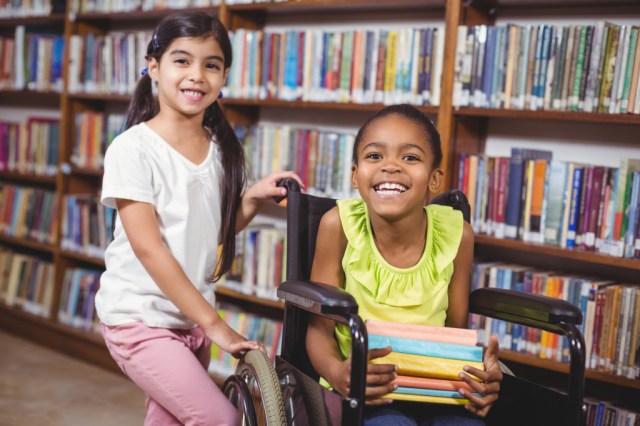“If you want your kids to imagine a better world the books on your shelf should reflect that.” — Kwame Alexander
I am a serial book buyer. Book club selections, birthday gifts, impulse buys, you name it. Having two children, both developing readers, has given me a license to add even more books to our collection. It’s also provided an opportunity for me to talk about books with other parents, colleagues, and online communities (not to mention strangers in bookstores, grocery lines, and on airplanes).
Through these conversations, I’ve come to appreciate how children’s books are instrumental in not just promoting reading, but shaping family conversations. They allow us to understand childhood emotional growth, discuss current events, and explore other cultures, communities, experiences, and identities. I was able to tell a neighbor that “A Day in the Life of Marlon Bundo” helped me explain voting to my 4-year-old daughter, and that “Adrian Simcox Does NOT Have a Horse” led to an important conversation about poverty and empathy with my 7-year-old son. I saw parents eagerly jot down these book recommendations for their own reading lists. With this in mind, I teamed up with writer Natalie d’Aubermont Thompson to develop the workshop, “Creating an Intentional Bookshelf: Children’s Books to Spark Family Discussions.” This workshop has provided a forum for parents, grandparents, caregivers, and educators to broaden their own collections and explore the wealth of diverse books currently available to us.
Here are some of the recommendations that have come out of these conversations.
- Start by doing a scan of your current shelves. Knowing that we all have gaps, where could you add content that features a variety of ethnicities, explores other religious celebrations, or challenges traditional gender roles?
- Set some buying, borrowing, and gifting goals. Personally, I aim to have 75% of the books I buy fill a gap on our current shelf or support #ownvoices authors.
- Make an Amazon wish list for friends or relatives who may purchase books for your family’s upcoming birthday or holiday gifts. It’s helpful to give them some ideas for intentional selections!
- Donate with purpose. Do you have the opportunity to donate books to classrooms, little free libraries, or adopt-a-family programs? Consider intentional selections when donating.
- Sign up to be a guest reader and bring an intentional book to share. In my recent readings at my kids’ school, I chose to bring Grace for President, Ruby’s Worry, and Not Quite Narwhal—each one was loved by the students!
- When reading a book with a child, ask questions such as: What do you think the characters were feeling? How is this book similar to your own experiences? How is it different?
Looking for book recommendations? Here are a few favorites in our house:
Picture Books
- A Family is a Family is a Family by Sara O’Leary
- Ada Twist, Scientist by Andrea Beaty
- All the Ways to Be Smart by Davina Bell
- Alma and How She Got Her Name by Juana Martinez-Neal
- Be Kind by Pat Zietlow Miller
- How to Code a Sandcastle by Josh Funk
- Jabari Jumps by Gaia Cornwall
- Little Brother for Sale by Rahma Rodaah
- Niko Draws a Feeling by Bob Raczka
- The Name Jar by Yangsook Choi
- Those Shoes by Maribeth Boelts
- Under the Ramadan Moon by Sylvia Whitman
- We Are Grateful by Traci Sorell
Middle Grade
- Amal Unbound by Aisha Saeed
- Brown Girl Dreaming by Jacqueline Woodson
- Cilla Lee Jenkins: Future Author Extraordinaire by Susan Tan
- Front Desk by Kelly Yang
- No Fixed Address by Susan Nielsen
- The Crossover by Kwame Alexander
Being intentional in your selections is a great way to deepen your reading experiences. There is a wonderful world of diverse children’s books available- have fun exploring!











